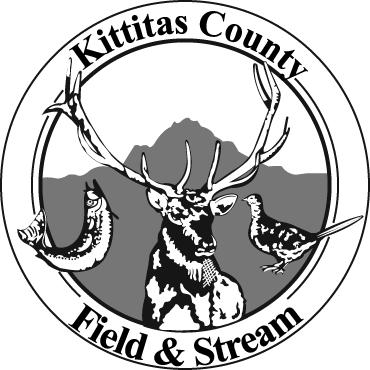Saturday, members of the Kittitas County Genealogical Society took a trip down to the new Wanapum Heritage Center at Priest Rapids Dam on the Columbia River. There, in pictures, dioramas, and words of youth and elders standing in two worlds, is the relationship of the Wanapum to the river, the land, the food and the dominant culture. It is still in my mind.
I keep thinking about The Old Man. He grew up as hungry as most through the Great Depression, learning to scratch out a living. He went to work when his father died – he was ten – and called himself just a “working man” until he went to the other side. He admired people who labored and never seemed to care if they were Latinos, Chinese, black folks or Indians. He loved a funny joke, but as I got older, working around him and other men, I saw that he never put up with jokes based on race or color.
We lived tucked into orchards in East Wenatchee ‘til I finished my sophomore year at Eastmont High School. In that time, our house grew from a capped-off burned-out basement to a full-size house (now under Costco). The Old Man always managed to take care of business, but there was never much left over. I see now how proud he and my mother must have been to have a garden and work to feed and clothe their three growing sons. I see now why he insisted we thank the plants, birds, animals and fish for their gifts.
This was all happening during the time of the Bracero (manual labor) Program with Mexico. My father admired those Mexicans who came every year to work the fruit in the Wenatchee Valley. They worked from daylight to dark collecting food from the trees. They sang. They laughed. They banked money for the year ahead back in Mexico or for land and cattle or a little store. Sometimes he would lend a hand to a worker or a family in a pinch. He spoke of their courage and work ethic.
When he later saw news about inner city race riots, it always upset him. We’d talk on the phone as he struggled to understand why people were pushed to the point that those things happened. “I don’t get it,” he’d say. “We’re all people – we’re all workers – the smartest, best boss the Chinese men and I ever had was that colored man in the WWII shipyards. What’s the matter with these guys who try to make us all different?”
He had a special affinity for Native Americans. I first saw it in the mid-1940s – right after war’s end. We were headed to visit Grandma and Grandpa Minshall in Tacoma. Somewhere over there, we fueled up at a store that sold gas, groceries, pop, souvenirs and all the other stuff such stores sold. In front stood a giant old totem pole; faded and worn, that fierce, protective bird face at the top burned right into me. The Old Man (all of 26 years old at the time) said it was a sacrilege for it to be used like that.
That totem, he told me, held the bird and animal symbols for a native person or family. It honored the family’s wild relations – the ones who brought them food, fortune, or protection. Native peoples would carve their images into big cedar logs, paint them and stand them up outside their homes. I remember the one at the store had a giant raven on top – at least I remember it as one. He was not a religious man, but he put great stock in honoring the food and protection that Earth and Spirit provided. He was kindred spirit to others who did, also.
When he was working on Rock Island Dam, he now and again crossed paths with Indians whose lives and history were tied to the Columbia. He asked about traditional ways and lives. He later passed on a well-paying job building the dam at The Dalles. We were broke, but it would flood Celilo Falls – arguably, the greatest native fishery and gathering place in North America, and at the heart of vast and ancient Native American traditions – and he said he couldn’t be part of something that would damage the earth, the river and a culture that much.
“People call Indians lazy,” he once told me, “but the earth provides for them. They work their butts off to gather what the river and land gives them. They are always grateful. Never confuse laziness with people sitting around in the pleasure of a simple life with family after doing all the hard labor necessary for survival.”
Last century, I often took my intercultural communication students to the Yakama Rez for a history lesson. Elder Johnson Meninick, would spend an hour or two telling the history of North America through the eyes of the Indian People. Invariably, most students would be quiet all the way back to campus, transfixed by a positive and deeply spiritual view of how the land came to be. I was then – and continue to be – struck by the factual way this Yakama spoke of the coming of the Europeans and the disruptions to a spiritual and earth-centered way of life many thousands of years old, yet with a sense of timelessness and patience with no rancor or bitter words.
Feel it for yourself. Wander through the Wanapum Heritage Center. Read the words of the elders. Imagine living in two worlds, and recommit to the spirit which connects you to the gifts of Earth which sustain you and yours.




